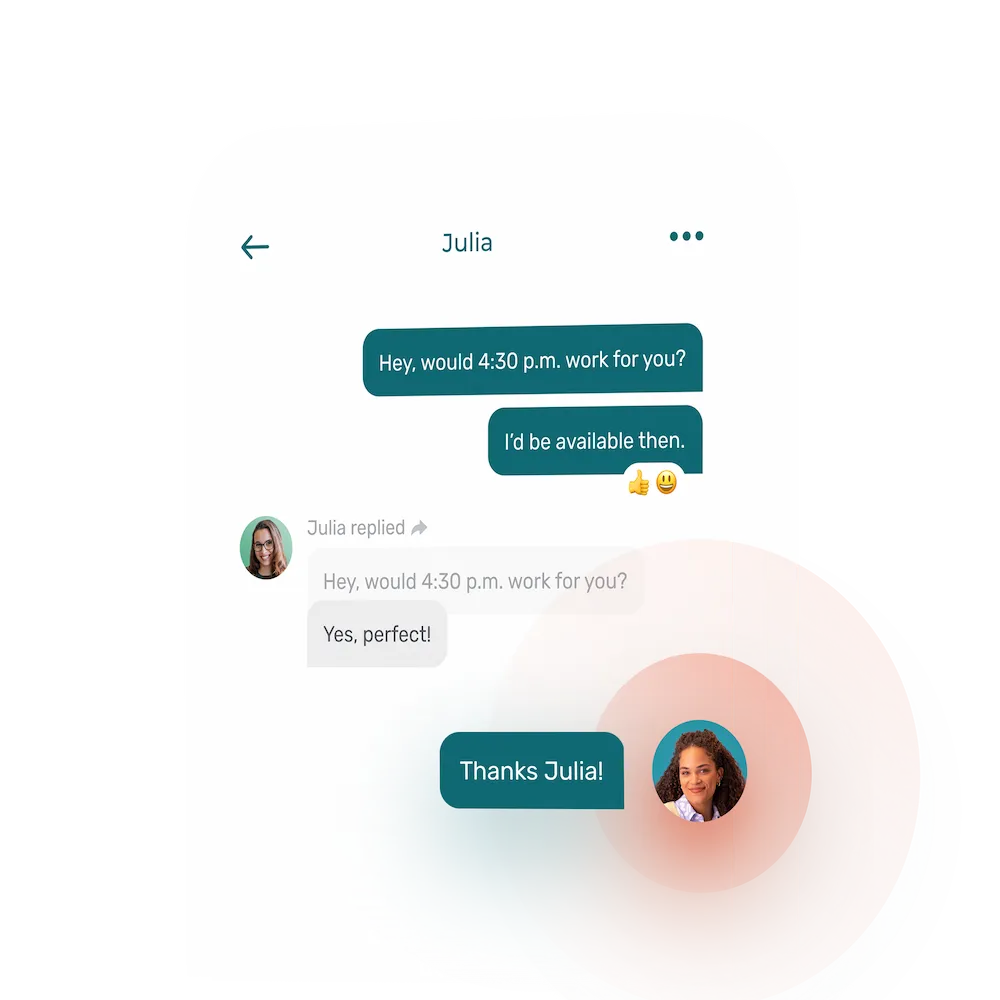Procrastination at work is something we all suffer from… even if we don’t want to admit it.
It’s a bad habit that can creep up on us and affect our productivity at work.
In fact, 49% of French people admit to procrastinating at least 1 hour a day. Another study found that workers procrastinate more than 2 hours a day. That’s a lot!
And no one is safe from procrastination: even people who seem ultra-productive will sooner or later show signs of procrastination. In fact, Steve Jobs was known as a great procrastinator. 😱
But fear not, there are solutions to help you combat procrastination at work.
Procrastination, a Mountain to Overcome
Procrastination is the act of putting off one or more tasks to be done by prioritizing other less important or urgent things or distracting oneself with other activities such as browsing social media.
Some tasks don’t allow us to feel satisfaction as soon as they’re done. It’s these tasks that we tend to put off until later, in order to do things that seem more “productive” or that bring us immediate satisfaction.
For example, creating your employees’ schedules in your workforce management software provides immediate satisfaction. The result is immediately visible, and its impact is significant and recognized. However, focusing on budgeting or fine-tuning your team’s onboarding process is not as satisfying. It’s only in the long term that the positive effects will be felt and your work recognized.
It’s sometimes necessary to prioritize certain tasks, even if they seem less satisfying. That’s why it’s essential to have techniques for avoiding procrastination.
What Causes Procrastination?
People procrastinate for a variety of reasons, which can change depending on the circumstances.
Here are some examples of the most common causes of procrastination at work:
- Lack of clarity: not being sure what tasks need to be done, or not knowing how to do them properly. That’s why it’s so important to give new employees the right onboarding and sufficient support.
- Laziness: being tired or lacking motivation.
- Fear of failure or perfectionism: fear of not being able to deliver perfect work.
- Poor self-control: performing tasks that we enjoy at the expense of those that really need to be done.
- Bad habits: believing you’re more productive under pressure, when it’s actually a lack of organization.
- Lack of concentration: feeling too much stress at work or being overworked.
Tips to Help You Reduce Your Team’s Procrastination
As a manager, you are in a position to help your employees better manage their procrastination. Not only can you, but you should help them, since this bad habit is detrimental to their performance and productivity, and therefore to your company’s bottom line.
The first thing to do is to accept that everyone, including you, procrastinates from time to time. Instead of going on a witch-hunt, give your team members the tools they need to procrastinate less.
Here are a few tips.
1. Making Lists
Encourage your employees to make lists so that they have a clearer picture of the tasks at hand or assign them tasks yourself. You can even suggest that they make lists in relation to their personal lives.
This will allow them to clear their heads and stop wasting energy remembering what they need to accomplish.
Once all the tasks are on paper, they can calmly tackle each one and cross it off. They’ll probably take great satisfaction in seeing their lists shrink visibly.
2. Setting Clear and Realistic Goals
Setting expectations too high is a good strategy to be disappointed in one’s performance. So this tip is particularly important for your perfectionist employees.
Establish clear expectations for your employees, and encourage them to set clear, achievable personal goals. You can discuss this in a one-on-one meeting, during their performance review, or even more informally on a day-to-day basis.
For example, when you ask them to clean up the backtore, suggest that they concentrate on small sections at a time, even if the task is spread over several days and never seems to be perfectly executed.
Work together to set reasonable goals that work for everyone.
And don’t hesitate to explain how certain tasks contribute directly to the company’s results. This way, they’ll better understand their importance and be less likely to procrastinate.
💡 Use a professional communication tool to avoid any ambiguity about the tasks to be accomplished.
3. Breaking Up Complex Tasks
Suggest that your employees split their complex tasks into sub-tasks.
For example, if your employees have to re-face grocery store displays on a daily basis, suggest that they divide up the different sections so that they can do them every day.
Thus, the task of “re-facing the displays” is transformed into facing cane products, cereals, pasta, bulk products, etc.
If a task is larger and extends over a longer period, set a deadline for each sub-task to give your employees more structure. This will make it easier for them to manage their time.
4. Identifying Priorities
Help your employees identify which tasks have priority by providing them with sufficient training. This way, a well-trained employee understands that they must prioritize serving customers, clearing restaurant tables next, and polishing utensils last, for example.
Don’t hesitate to tell them that this or that task is less urgent if you add some to their list during the day. This way, they’ll be able to better organize their time to get everything done.
Invite them to come to you for advice if they’re not sure how they should prioritize their tasks.
You can also teach them the Eisenhower matrix to equip them further.
5. Avoiding Distractions
Falling for distractions is a common cause of procrastination. So, ask your employees to leave their cell phones in the staff room so as not to be tempted to waste their time on social media while they work.
Encourage them to clearly ask their colleagues not to disturb them when they have to carry out a task that requires concentration.
If the nature of your business means that your employees have to respond to customers and perform several other tasks at the same time, suggest that they help each other out. That way, one employee can keep an eye on the cash register, while another takes care of something in the back room.
6. Creating Routines
Suggest that your employees establish daily routines. This makes it harder to procrastinate, since they know exactly where to start.
You can suggest doing certain tasks at specific times, depending on customer traffic.
Don’t hesitate to create processes that employees can refer to if they’re not sure what to do.
7. Taking Rest Seriously
An overworked, overburdened or overtired employee is more likely to fall into procrastination.
Explain to your team members that it’s important for them to take breaks so they can do their jobs properly. And this advice applies to you too. 🙋♀️
To set an example, invite an employee to go for a walk with you without discussing work. At the same time, you’ll develop stronger bonds with your team members and get to know them better.
Don’t hesitate to include break times in your employees’ schedules to encourage them to take them. Take the time to check their timesheets to make sure they’ve taken them.
8. Not Aiming for Perfection
Done is better than perfect. So encourage your employees to do their best without demanding perfection every time.
This way, they won’t be frozen by fear of failure, and will get more done in their day.
9. Using Time Management Tips
Share time management tips with your employees so they can be more organized at work.
For example, suggest the pomodoro technique (slightly adapted) when they have long tasks to complete. This technique involves concentrating on a task for a certain amount of time (between 25 and 50 minutes) and then taking a short 5-minute break. After 4 repetitions, they should take a 10-minute break to clear their minds.
You can also suggest the 2-minute rule, which means that if a task takes less than 2 minutes, they must do it immediately. This way, they don’t have to keep putting off a small task that could be done quickly.
Reward Your Employees’ Hard Work
If you really want your employees to stop procrastinating, the most important thing is to reward their efforts. So if you see that an employee is doing a good job, don’t hesitate to point it out.
If you use employee management software with workplace recognition functionality, use it regularly.
The more your employees feel their efforts are recognized, the more likely they are to give their best and avoid procrastinating.












